You might think plastic is everywhere in the US, but that’s not quite true anymore—at least, not legally. Imagine leaving a grocery store and fumbling for your reusable bag while everyone else is doing the same. In many places across America, that’s not just a green lifestyle choice; it’s the law. From the windy streets of San Francisco to the tree-lined avenues of Vermont, single-use plastic bans have taken hold—and not just for bags. Some states have outlawed straws, food containers, even those tiny drink stirrers. But is plastic really banned all over the map, or is this just wishful thinking? Let’s dig into where you’ll find bans, where you won’t, and why the rules are such a mixed bag (pun intended).
The Patchwork Map of US Plastic Bans
Contrary to what some might hope, there’s no federal law in the United States banning plastic bags or other single-use plastics nationwide. Instead, the US is a patchwork quilt of state and local rules—some strict, some non-existent, and plenty falling somewhere in between. As of June 2025, nearly a dozen states have banned single-use plastic bags at the checkout. That means when you hit the supermarket in places like California, New York, Oregon, Washington, Vermont, Connecticut, Maine, or New Jersey, expect to bring your own bag or pony up for a paper version or reusable one at checkout.
Here’s a snapshot of where the biggest plastic bans stand, updated right through this year:
| State | Bag Ban? | Other Bans | Year Enacted |
|---|---|---|---|
| California | Yes | Straws on request, polystyrene bans in some cities | 2014 |
| New York | Yes | Partial polystyrene ban | 2020 |
| Oregon | Yes | None state-wide | 2020 |
| Vermont | Yes | Straws, stirrers, foam containers | 2020 |
| New Jersey | Yes | Polystyrene food containers & plastic straws | 2022 |
| Maine | Yes | Plastic foam containers | 2021 |
| Hawaii | All counties ban bags | Foam food containers (Oahu, Maui, Hawaii island) | 2015-2021 |
| Connecticut | Yes | None state-wide | 2021 |
| Colorado | Yes | Straws on request, foam food container ban (2024) | 2024 |
| Delaware | Yes | None state-wide | 2021 |
| Washington | Yes | Utensils & straws on request | 2021 |
Local governments are often the ones pushing harder and moving faster. Think of Seattle, which banned plastic straws and utensils back in 2018. Or San Francisco, the first to ban plastic bags way back in 2007. Some cities in Texas, Florida, and Arizona tried to ban bags too, but their state governments overruled them with laws that forbid local bans—creating plastic "ban bans". You can see how this is less a clear map and more a collage of competing rules.
There’s a wild range just between neighboring states. Cross from Massachusetts (where cities like Boston ban plastic bags) into New Hampshire, and suddenly there’s no ban. Grocery stores in New Hampshire might hand you a thin plastic bag, while one in Massachusetts charges you for a thicker, reusable option. And don’t get me started about Florida, where state law blocks any city from setting up its own ban, even if most locals want one.
And it’s not just bags. Vermont bars single-use plastic stirrers and straws at all food service businesses unless you specifically ask for one. Maine stopped restaurants from using classic foam clamshells. In New Jersey, takeout orders can’t come with foam containers, and stores can’t hand out paper or plastic bags at all. It’s a steady trickle of little bans adding up.
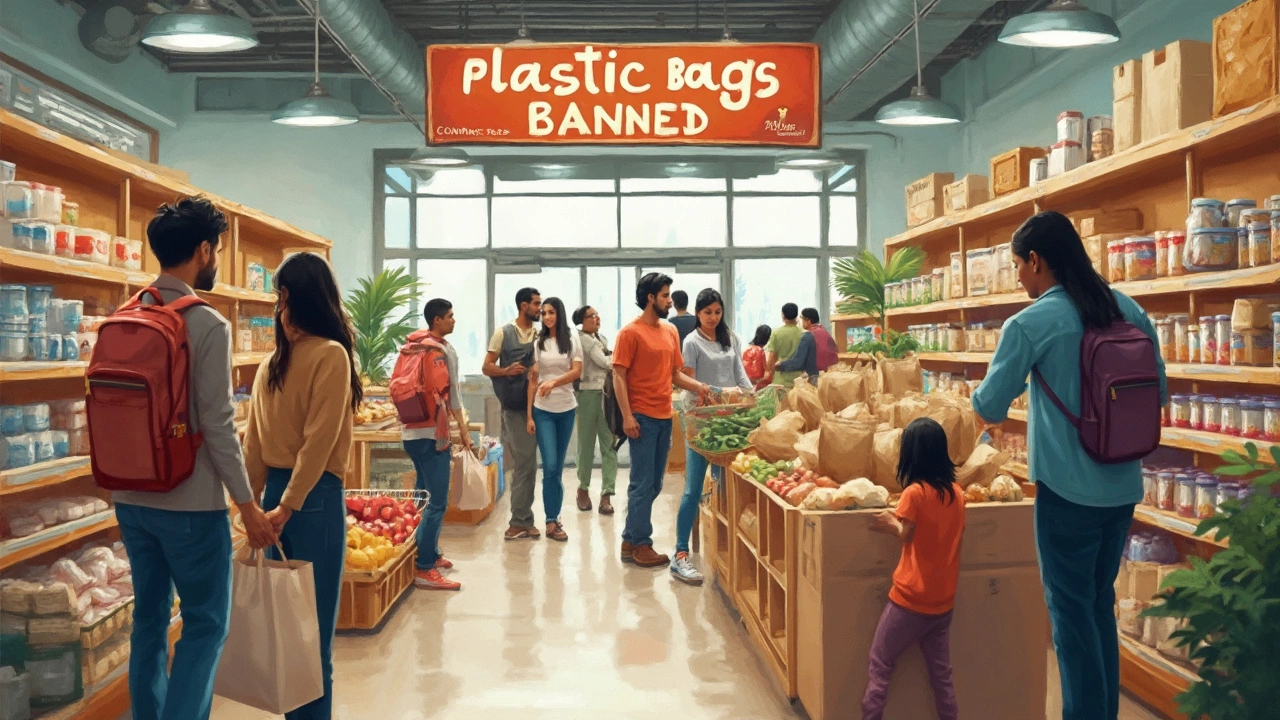
Why All the Bans? Stats, Facts, and Local Stories
So what’s driving this explosion of local plastic bans? For starters, Americans use over 100 billion plastic bags every single year. That’s about 300 bags for every man, woman, and child, which explains why you’ve probably got a kitchen drawer overflowing with the things. But here’s the real kicker: The typical plastic bag gets used for just 12 minutes before it’s tossed. Unlike orange peels or paper wrappers, a plastic bag takes 500 years (or more) to break down in a landfill. And it doesn’t actually disappear—it turns into microplastic crumbs that float in rivers and leak into food systems.
Straws, foam takeout containers, drink stirrers—these seemingly harmless objects add up fast. In 2018, volunteers on American beaches picked up over 2.4 million pieces of plastic just in one day as part of the International Coastal Cleanup. No surprise that turtles and sea birds are getting stuck with plastic in their bellies. Even in landlocked states, wind can blow bags into rivers that connect to the sea. One study from the University of Georgia showed that cities just 25 miles inland produced just as much plastic waste found along US coasts as those sitting right on the water.
Life with plastic bans can seem odd the first week you try it. I remember visiting New York City with my wife, Siobhan, last summer. We reached the checkout line at a bodega and, stunned, realized neither of us had a bag. The cashier offered us a thicker, “reusable” plastic one—for 5 cents. Sure, paying a nickel stings if you’re not expecting it. But within weeks of the ban kicking in, New Yorkers sent 5 billion fewer bags to landfills. San Francisco estimated their first year bag ban cut supermarket plastic bag litter by over 70%. Those are real numbers.
Lots of local shopkeepers grumble about finding affordable alternatives. Paper is trending, but some cities give reusable bags away—hoping shoppers remember them. Kids in Vermont schools now carry home lunch in washable fabric sacks. Even major fast-food chains now hand out paper straws by default from the East Bay to Portland. While experts debate if paper bags are much better (making them takes energy, too), it’s hard to ignore the difference when you walk down a street and see less litter blowing around.
- Fact: Microplastics have been found in 94% of tap water samples across the US (Orb Media, 2017 study).
- Tip: If you’re traveling, check the state or city plastic rules first, or keep a foldable bag in your car or backpack.
- Stat: A single plastic bag could kill multiple sea creatures after drifting in the ocean, being ingested or wrapped around marine life.
- Fact: California’s plastic bag ban not only covers grocery stores, but also pharmacies, liquor stores, and convenience shops.
- Tip: Many stores reward you for bringing your own bag with a few cents discount at the register. It adds up!
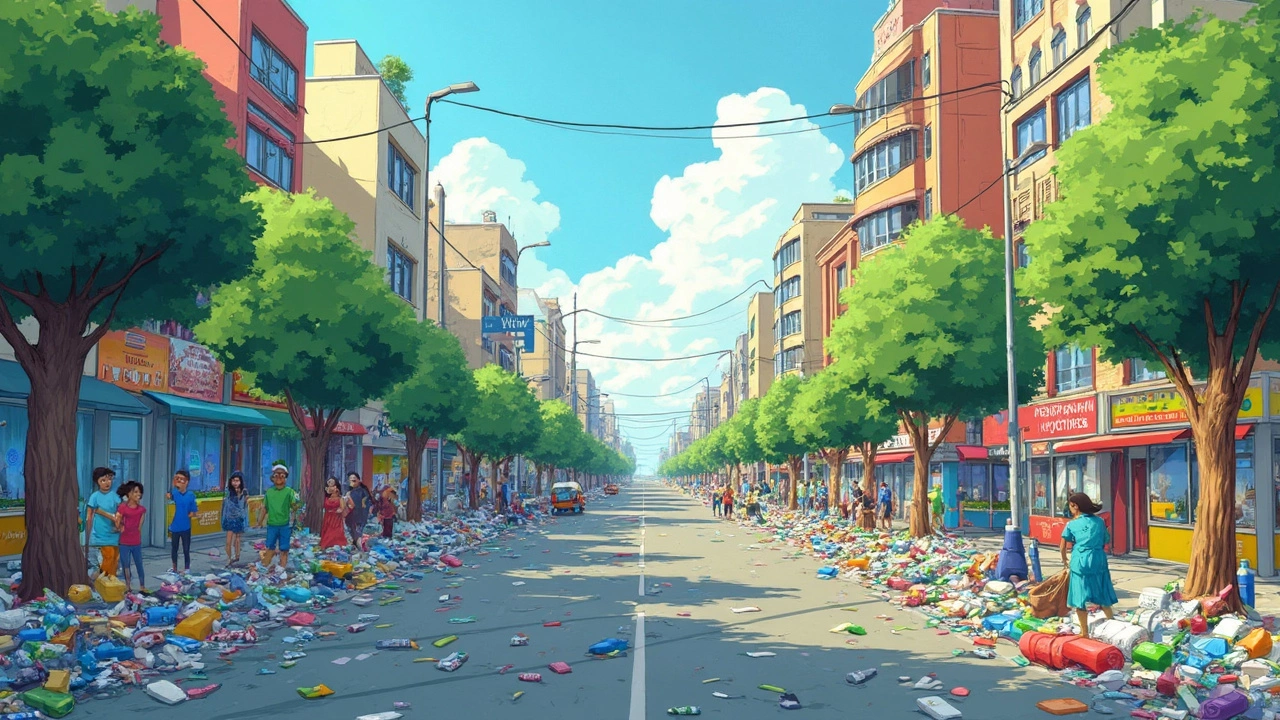
What's Next for Plastics in America?
If you’re waiting for plastic bag bans to sweep the entire country, don’t hold your breath just yet. Around 20 states—including Texas, Arizona, Florida, and Georgia—have passed laws barring any city or county from setting up its own plastic bag restrictions. “Preemption” laws like these mean that if you visit Dallas or Atlanta, you’ll find plastic checkout bags, straws, and polystyrene foam containers in every corner shop, just like it’s 1990. Retail and restaurant lobby groups say bans cost too much, but environmental advocates keep pushing for change—sometimes with success at the ballot box, sometimes not.
Meanwhile, some states are ratcheting up the rules year by year. Washington just started requiring disposable utensils and straws to be “by request only” instead of automatically tossed into your takeout bag. In Oregon, some cities require stores to charge at least 5 cents for every paper bag, nudging shoppers to go reusable. Colorado recently banned single-use foam food containers and mandated that large retailers phase out single-use plastic by 2024.
The recycling side hasn’t kept up, either. Less than 10% of plastic actually gets recycled in the US; the rest ends up in landfills, incinerators, or floating around as litter. New strategies are aimed at "extended producer responsibility"—forcing the companies that make plastic packaging to pay for its cleanup. California passed this law in 2022, with rules taking effect in the next few years. Lawmakers in New York and Massachusetts are considering similar moves, putting the burden on big brands to cut the plastic flow at the source.
Travelers and businesses, especially national chains, have to juggle a mess of local bans, warning signs, and charges. It gets confusing, sure, but it also means there’s no putting the plastic genie back in the bottle. More and more places in the US are normalizing carrying your own bag or reusable cup. Major coffee shops have started piloting "bring-your-own" cup discounts, and it wouldn’t surprise me if deposit-return systems (like for bottles in Germany or Aotearoa here in New Zealand) were set up for coffee cups or takeout packaging soon.
If you’re determined to keep your lifestyle plastic-free, remember this: not every bag or straw is created equal. Watch for “compostable” options, but double-check if your city accepts them—compostable plastic doesn’t break down in backyard compost. Some towns let you bring your own container for takeout, and a few even have zero-waste stores where you fill your own jars with pasta, rice, or detergent. These places are popping up everywhere from Brooklyn to Boise.
To recap: if you’re in California, Oregon, New York, Vermont, or another state on the first list above, don’t expect to get plastics easily at checkout—except maybe for meat wrapping and fresh produce bags, though even these are slowly being replaced. If you’re somewhere like Texas, you might be surprised how little has changed. And if you’re crossing state lines or heading on holiday, always take a bag—nobody likes being stuck with an armful of groceries. Whatever comes next, the US is moving step by step toward a world where single-use plastics aren’t the default. It’s not perfect, but it’s a whole lot better than it was when I started remembering my reusable bags for the first time.
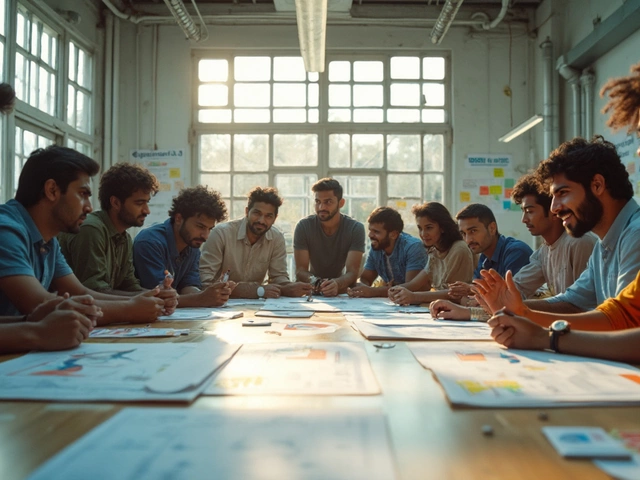


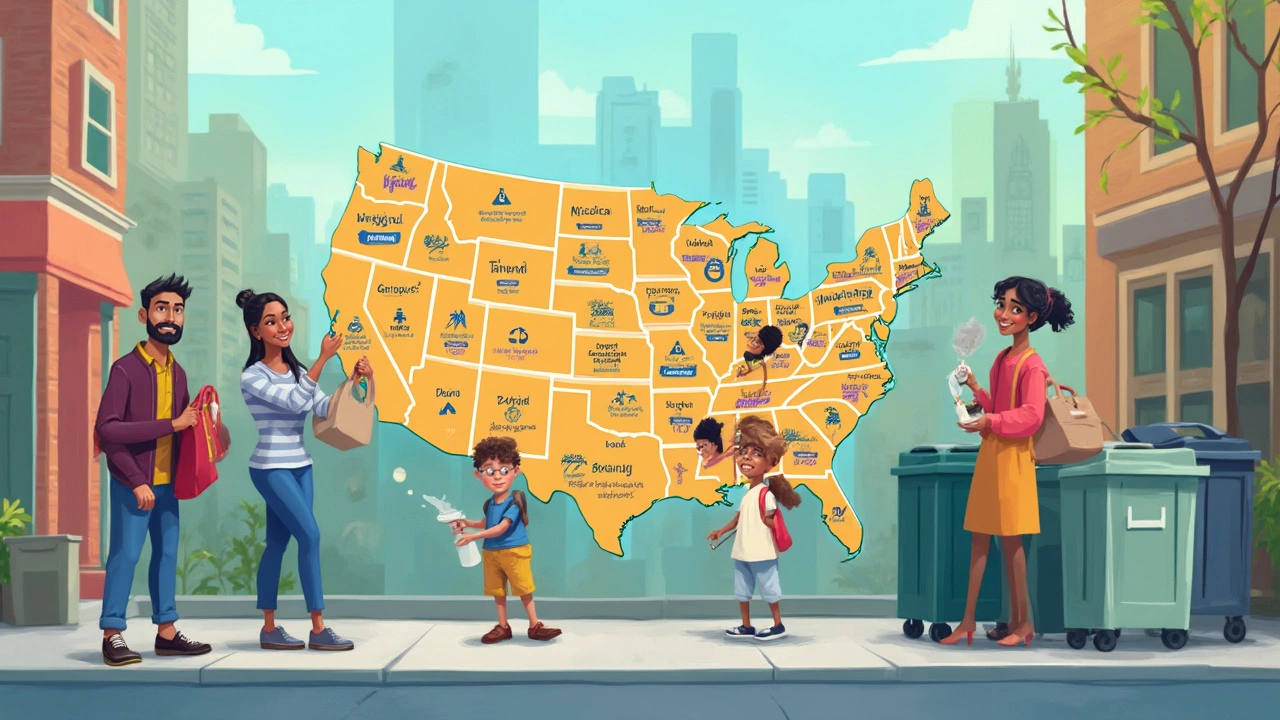
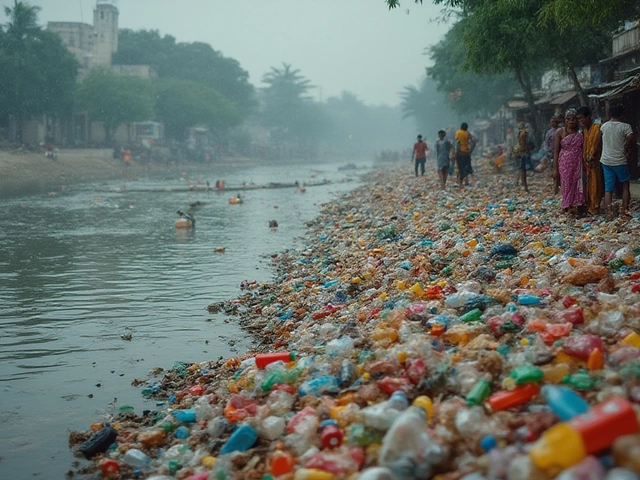
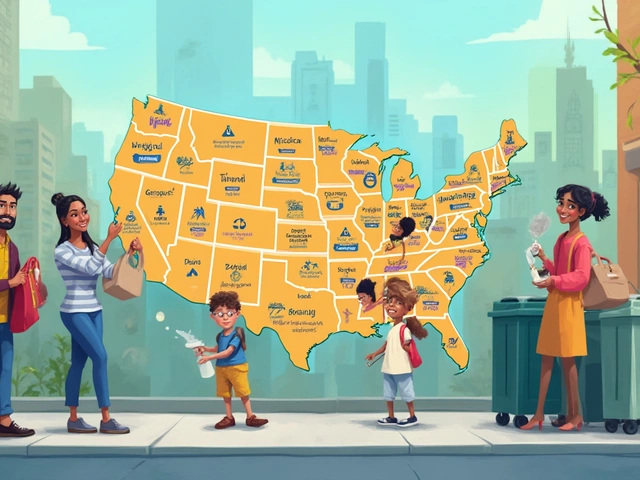
Write a comment